Laos’ Plain of Jars. More like a bunch of Plain Jars. Yeah, that’s a pretty bad joke, but it’s an honest observation.

This mysterious site in northeastern Laos attracts the curiosity of thousands of people annually. If you find yourself in Laos, wondering where to venture next, you will notice the Plain of Jars pop up in search results, brochures and in tour offices. [Read more…] about Phonsavan & Laos’ Plain of Jars







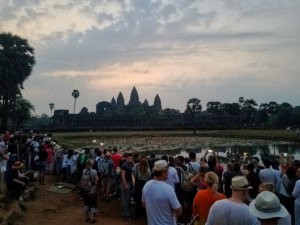


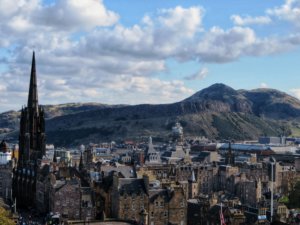








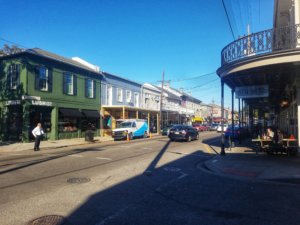



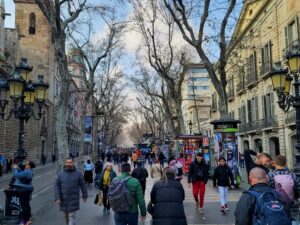
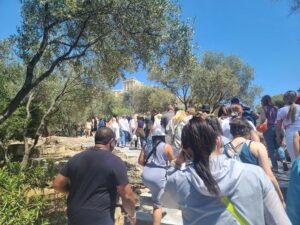


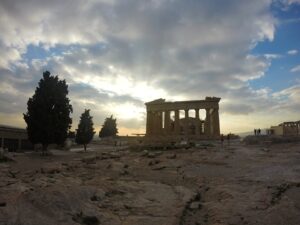











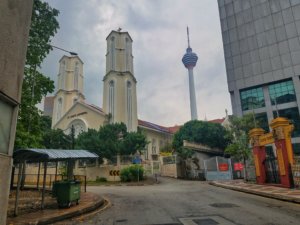













You must be logged in to post a comment.